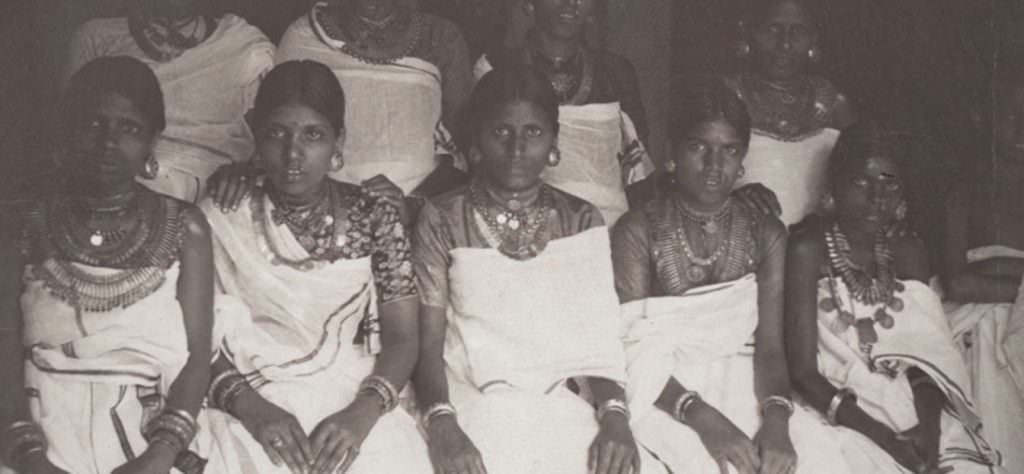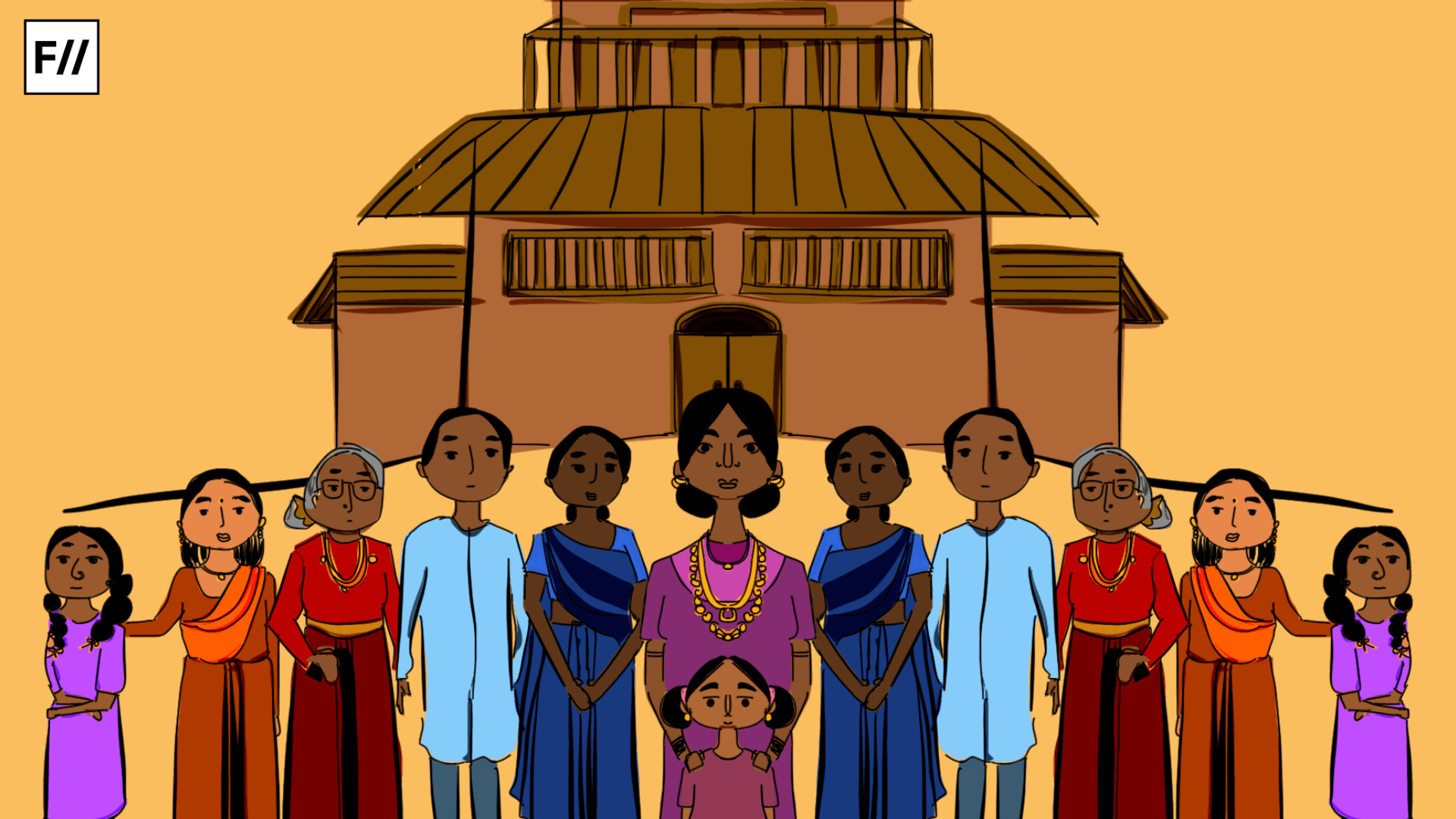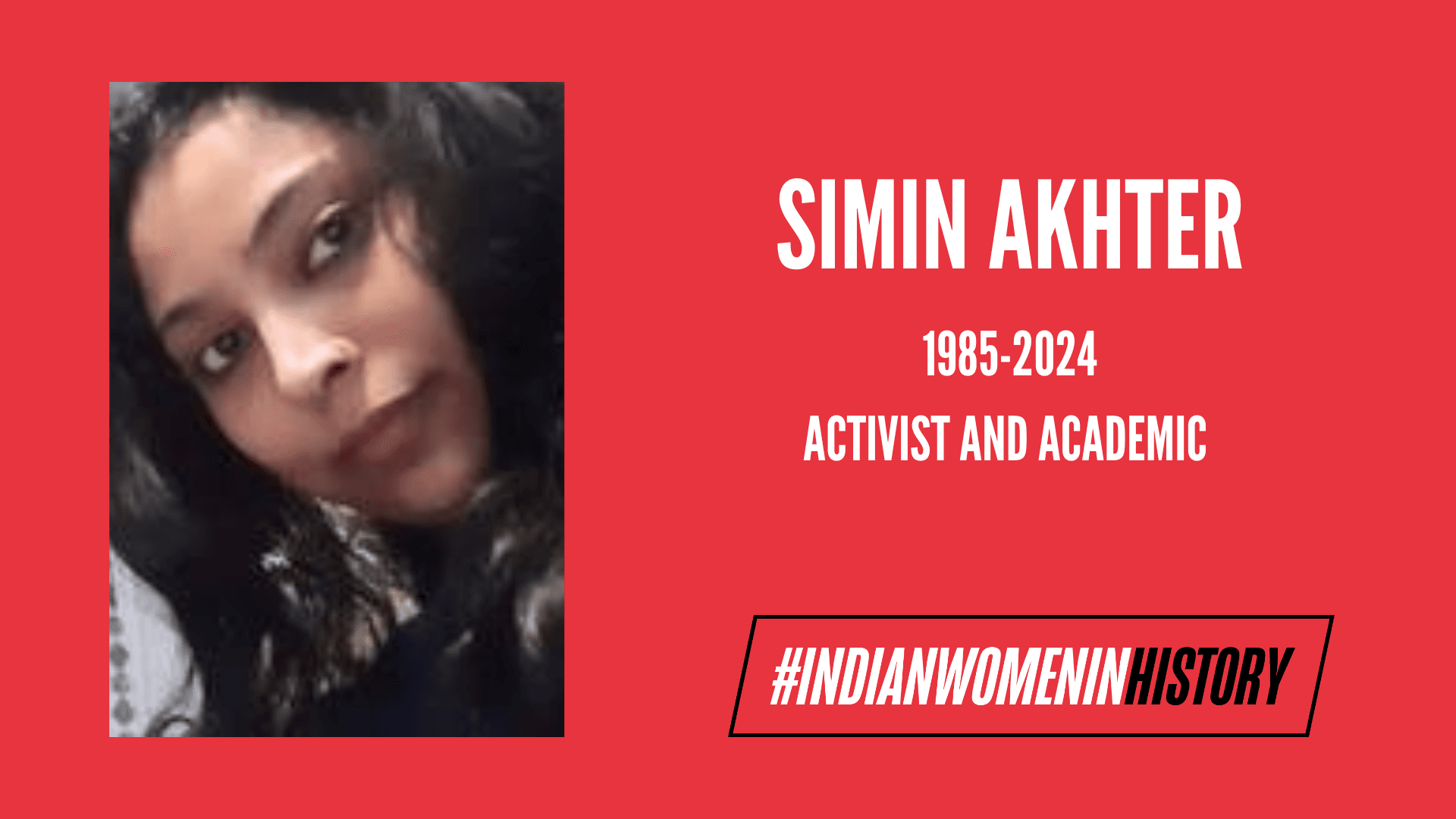Kerala is an enigma. With its high social indices of literacy, sex ratio and low female infanticides, it projects the image of a progressive state, one way ahead of the others. But ask the women who actually live there and they will have a different story to tell. The supposed presence of matriarchy in its history has earned Kerala the image of being a female-friendly state. What actually existed in some select communities in Kerala was a system of matrilineal society in which men still wielded much of the power in the public domain, and that too ended almost a century ago, leaving behind just traces of certain customs that are still in practice.
I apologise for breaking your feminist bubble, but a true matriarchal society never existed in Kerala. Here, we take a look at a system that came closest to giving women decision making power, autonomy over their sexuality and their bodies and a control in the matters of their marriage and children. Let me take you through a social science lesson that might bring back memories of your class 10th History textbook.
While patriarchy is a social system where men have monopoly over the social, cultural and political realms of society and hold primary authority over women and children, what was practised in some communities in Kerala was not a system diametrically opposite to this. In the system of matrilineal society (not to be mistaken for matriarchy) descent was traced through females and the succession of property was from mothers to daughters. This is not to say that, under such a system men became the oppressed gender. All it did was narrow down the gender gap that was left behind by a patriarchal society.
How did the matrilineal society come into place?
The communities believed to have practiced this system were the Nayars of Cochin and Travancore, the Ezhavas and the Malabar Muslims of northern Kerala. The most researched and recorded among them have been the Nayar communities of central and southern Kerala.
There are many contesting theories to this question but the most widely accepted one purports that the origin of this system is traced back to the time when the sole purpose of men was to indulge in warfare, because shedding blood for your own land was considered to be the truest purpose. Since that is where the ‘honour’ was, that is where men went. Family, succession, children and economic resources were left to women to take care of simply because men had different priorities at the time.

What was it like to live in a matrilineal society?
Families lived together as joint families in large mansions called ‘taravad‘. Family members shared ownership over the property; this meant that no individual could claim their share. Lineage was traced through females, children took the name of their mothers as their surname, and they stayed at the mother’s house even after marriage. Property was in the name of the women in the family and was passed down from mothers to daughters. Even after marriage, the woman stayed at her ancestral home and it was the husband who had to come stay in his wife’s house. This is not to say that this society was devoid of patriarchal elements. For all intents and purposes the actual control of the property and resources was in the hands of the maternal uncle known as the ‘Karnavan’ who had the final say in all matters.
There was no marriage between a man and a woman in the ‘conventional’ — eternal and monogamous — sense. There existed the simple custom of ‘sambandhams’ in which a man would offer a piece of cloth to a woman in front of an oil lamp, a practice which would bring them together to satisfy their sexual needs and to procreate. It was as simple as that. In the Journal of Comparative Family Studies, a paper titled ‘Conclusion: Asian and African Systems of Polyandry‘ published in 1980 said ‘their relationship had little significance beyond the sexual liaison and the provision of legitimacy to children produced in the marriage‘. This was in no way a permanent arrangement and men would leave for war-like services soon after. The dangers of the war made the return of those who left uncertain and the women were not expected to wait around for a man who may or may not return. They weren’t discouraged from breaking a marriage off and taking other husbands. Here was an arrangement where women actually had autonomy over their sexuality and reproductive rights, and weren’t shamed or disrespected for it.
Women’s identities were not associated to their fathers or their husbands but to the ‘taravad‘ they belonged to which was identified with a female ancestor. There is no doubt that this gave women the kind of agency a patriarchal society does not. The specific cultural and social condition of these communities in Kerala in the 19th and 20th century is often attributed to be one of the reasons for high female literacy and low female infanticide in the state. Women were granted much more social and financial security than they are today and which consequently gave them a voice and earned them respect.
So, why does this matrilineal society not exist anymore?
There were a multitude of factors that pushed this society into decline, the primary being a shift in the role that men played in the system. When the period of war and conflict ended and the men returned to being members of the mainstream society, marriages became stronger and more monogamous. The upper caste men got ‘modern English education’ which was heavily influenced by the Victorian ‘family values’, where their own culture was accused of being barbaric and uncivilised.
There was growing resentment against the ‘taravad‘, which still denied partitioning of the family property. This stopped enthusiastic male members starting new enterprises from getting the funds they desperately needed. The rise of other influential communities, like the Syrian Christians, affected the prosperity of the Nayar community and in many parts of the state they lost their prominence. Families wanted their share to pay off debts and move on to more profitable ventures but the system prevented them from doing so.
Protests to change the partitioning system and to give more autonomy to nuclear families gained momentum. In his book the ‘The Ivory Throne’ Manu S Pillai recounts what happened with the Nayars in the Travancore region,
“It was obvious that there was complete political support for the proposal. Any opposition was put down by moralistic arguments against which there could never be any defence; those standing in the way were admonished for holding on to antiquated, uncivilised beliefs. And so in April 1925 the Legislative Council passed a bill terminating matriliny, permitting partition of property, “legalising” all sambandhams, and essentially inaugurating the age of the patriarchal family in Travancore.”
The men now began to be viewed as the rightful guardians of their families. Those who received an education, bagged white collar jobs and started acquiring property in their own right. The joint family started breaking off into smaller manageable units and this self-acquired property began to be passed onto wives and children.
The host of benefits for women that found its way through the system did not survive when it ended. In the midst of all these changes, the women gradually faded into the background. The image of a humble, virtuous wife with ‘lady like qualities’ of being passive and submissive was glorified. This image was made stronger through mediums of art and literature. Decades of this attempt to retreat to patriarchal ‘values’ brings us to what these communities are like today, not very different to any others you’ve seen.
Featured Image: Ritika Banerjee for Feminism in India





” the woman stayed at her ancestral home and it was the husband who had to come stay in his wife’s house.” is incorrect. If that is the case “control of the property and resources was in the hands of the maternal uncle known as the ‘Karnavan’ who had the final say in all matters” cannot happen. Men (husbands) never stayed in wife’s house, they came and left is what I understand. That is why karanavar was maternal uncle.
Hi Shivaja, the point I’m making is that women did not leave their ancestral home after marriage and all interaction between the man and the woman was at the ‘taravad’ of the woman. I’ve mentioned later on, that the husband would soon leave for military service. I assumed that, that made it clear the arrangement was temporary, because ‘they came and left’ like you’ve mentioned.
Yes, the women did not leave the ancestral house and the men(husbands) did not “stay or dine” in the wife’s house. Thats why the uncle karanavar was in his home with sisters. This is my knowledge. I meant there is no ‘ghar jamai” thing, its different.
I do know that many men stayed.. I’m talking about my own family. I also know that one of the women was in a sambandham..and her husband did not stay.
Dear Sheryl, thank you for this informative article. I’ve heard much the same from family members. Apart from the book and the journal publication you mention in your article could you point me to some other references?
Thank you Sooraj! I’ve hyperlinked other references I’ve used in the article. You can find them by simply clicking the highlighted words and following the link.
Men did stay in the woman’s house.. example my Dad, but some didn’t example some of my uncles.
Some of this rings true, some not.. Some plausible, some not.
Great work.. Adding something more. In any matrilineal society, the question of ‘fatherhood’ is really important. We are sometimes oblivion to this social father v/s biological father dichotomy and tend to overemphasize the role of maternal uncle. The term achhan stands for socially recognized ‘sambandam’ father and biological father literally has no rights on his children. Though the powers of the sambandam relations are very limited, the legitimacy of it, as the Social Father of his wife’s children is unquestionable.
In Kozhikode up to the middle of 20th century Koya houses (Koya veedu) were like a beehive. The eldest female member was the “queen”. In the start of last century, in some Koya houses, there were nearly 100 mature females ( maturity is at 11 or 12 years !) These female members will be allotted a room for the night stay with their husbands.They belong to a trader community and the males leave the house in the morning to return home in the late evening ( PM) after closing the shops. When the husbands leave for their trade, women close their room and move to the common area in the house were all the children in the colony live. Their system was truly “Matriarchial”. Now almost all Koya houses have split and this community now follows Patriarchal system
In Travancore and Cochin, the system was “Matrilineal”. It means that inheritance of property is from mothers to daughters. But in fact, daughters were not getting their share because there was no sharing. Property of a Tharavad remains as such. Many historians have opined that lady members were more or like puppets or semi-slaves of the senior most male member (Karanavar) in the falily (Tharavad). They may be their brother, uncle or grand uncle. In most of the Tharavads, the proposal from a Nair boy for “sambandham” was accepted or rejected by the “Karanavar”. The girl had no decision making power. Elamkulam Kunjan Pillai, had opined that originally “Patriarchal System was in force in Nair Community in which males were mostly warriors. The 100 years war with Cholas which ended by 1102 (with the result, the central control of a king was lost to the parts of the Chera kingdom in Malabar Coast) is attributed as the cause of the emergence of Matrilineal system. All the warriors had to be in the war front and landed property was entrusted with the temple. marriages became a loose bond and paternity became unclear because women had many husbands at the same time or at different periods. So, like the Devadasis, children knew only their mothers. Senior male member in the family became the Family head (Tharavad Karanavar) Many foreign writers were misinformed and wrote that women were the decision makers in Nayar families. (Eg. Margaret Mead)
This system of matrilineal descent was prevalent in many communities. Mukkuvas were/are a fisher community in Kerala. When they migrated to Sri Lanka in the 13th century they took this with them along with an archaic Tamil dialect. It still survives. War cannot be the only reason why this arose as all kinds of communities including hunter gatherers were using it. Tuluvas too have vestiges of it. Tamils too have vestiges of it where the concept of Seedhanam passes ancestral property to daughters as well. I think, the whole of Dravidian speaking people if not a large subset, this was the original way to organize society even when they were hunter gatherers thousands of years ago.